 |
Learn |
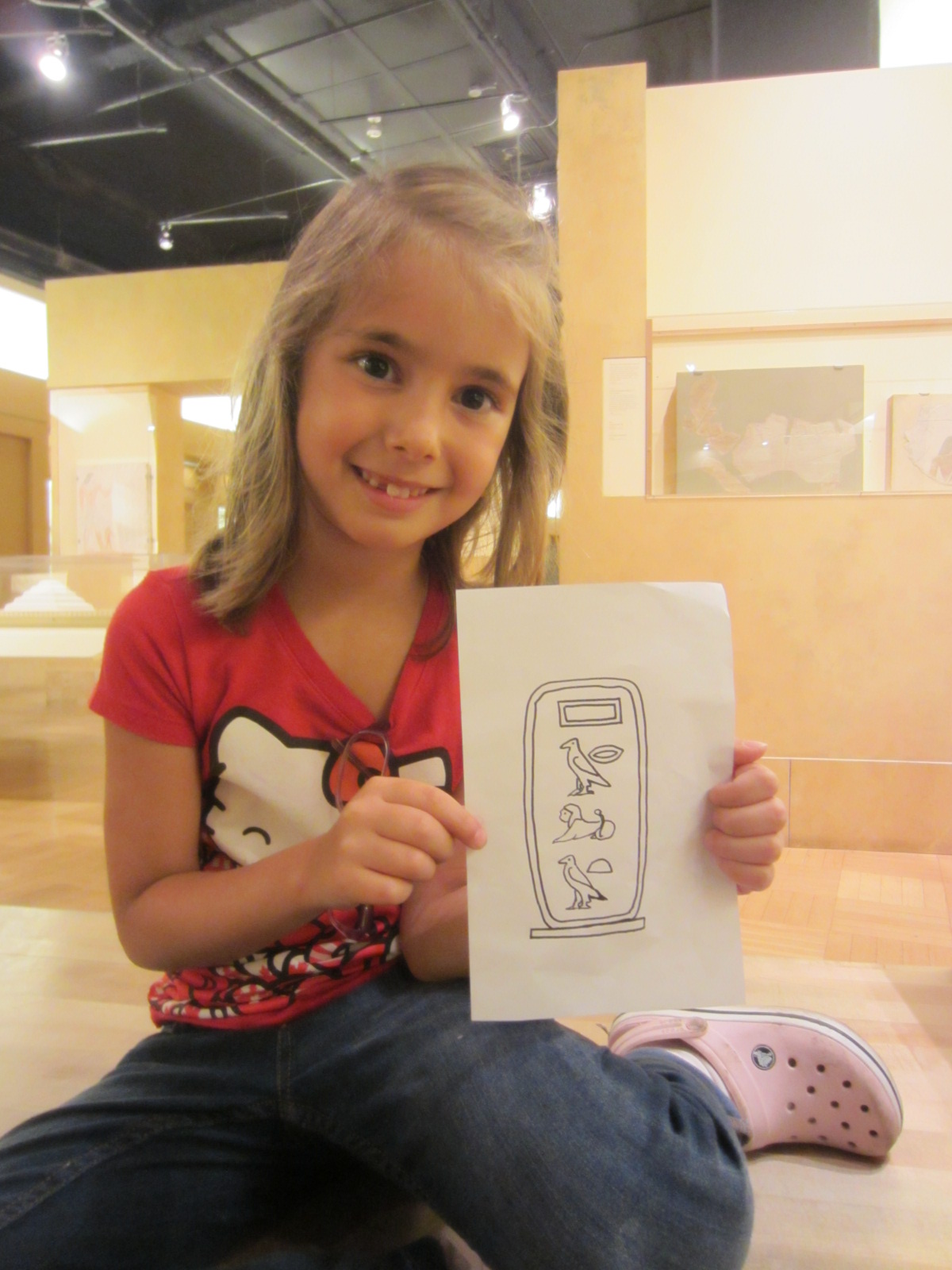 |
Activity: Write Your Name in Egyptian Hieroglyphs
|
Learning Goals
- Deconstruct a name into its phonetic components.
- Understand the difference between letters and sounds the letters make.
- Draw symbolic representation of sounds.
Background Information
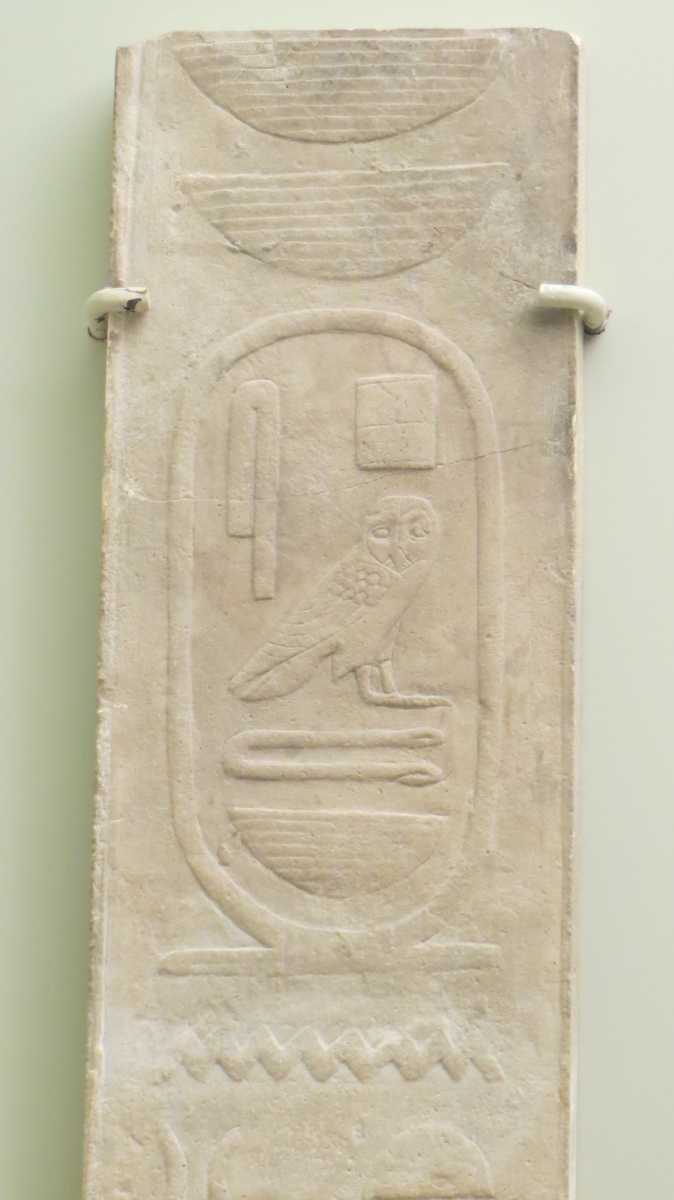
For over 5,000 years, people in Egypt used hieroglyphs to write their language. For most of that time, a scribe would have to learn about 500 signs in order to be able to read and write well. Most ordinary people didn't know how to read or write, though they might be able to read and write their own names, or recognize the names of their kings, which were surrounded by a loop that we call a cartouche.
Sometimes, Ancient Egyptian names were actually short sentences that expressed their parents' hopes for their new child, or their gratitude to the gods for a safe and healthy birth. For example, the name of a famous king, Ramesses, means "the sun god, Re, caused his birth."
Hieroglyphs are not used quite the same way that letters in the English alphabet are. When writing their names, ancient Egyptians could sometimes take shortcuts and write the symbols for gods or common words, but when writing the names of foreigners, they would have to sound the names out. This could be difficult, since other languages sometimes had sounds that Egyptians found hard to make. If you have ever learned to speak another language, you’ve noticed that not all languages have the same sounds. Sometimes, the Egyptians just had to get as close as they could to the sound of the foreign name.
Materials
- scrap paper
- good paper
- hieroglyph key (PDF)
- pencil
- pen or marker
- eraser
Preparation
When you write your own name in Egyptian hieroglyphs, it's important to "sound" it out and not write it letter for letter. Sometimes a sound can be spelled different ways. For example, George and Judith both start with a 'juh' sound. If students aren't familiar with breaking their name down into its component sounds, you may want to do a lesson in this first.
Instructions
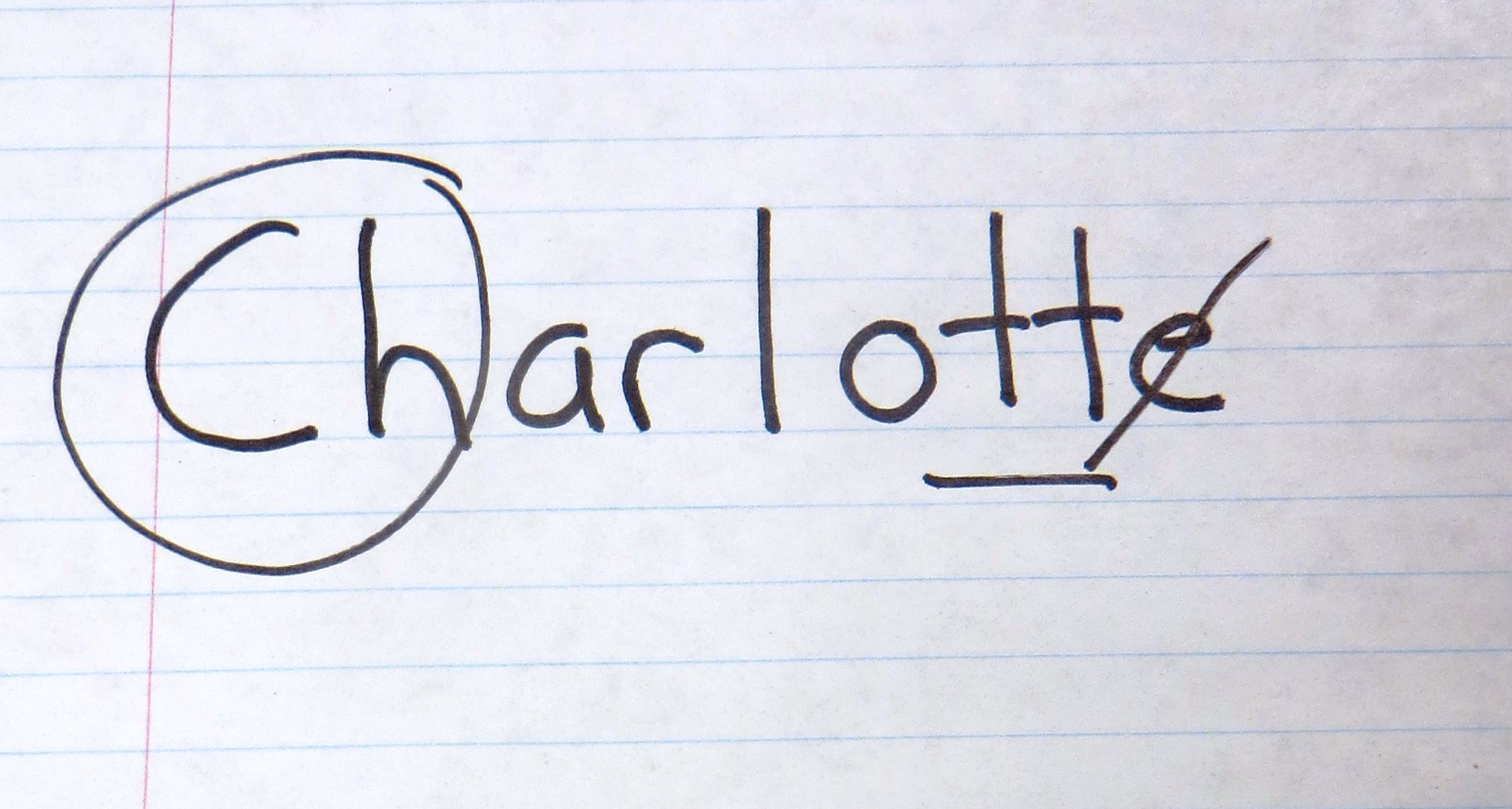 | Write out your name the way you usually do on a piece of scrap paper. Look for these tricky things in particular:
|
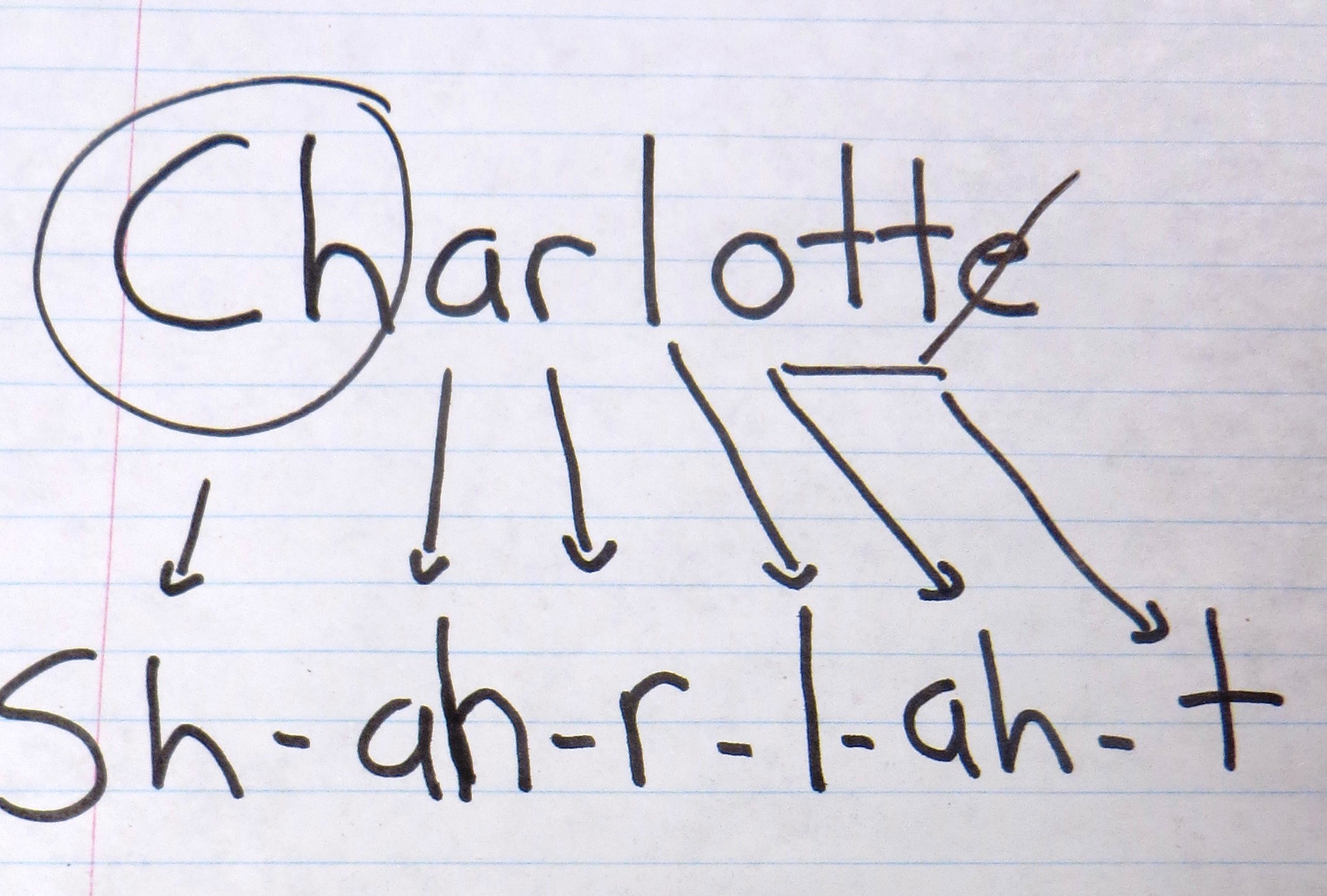 | Write your name out again using the sounds in your name instead of the letters. Remember the tricky things to watch out for. |
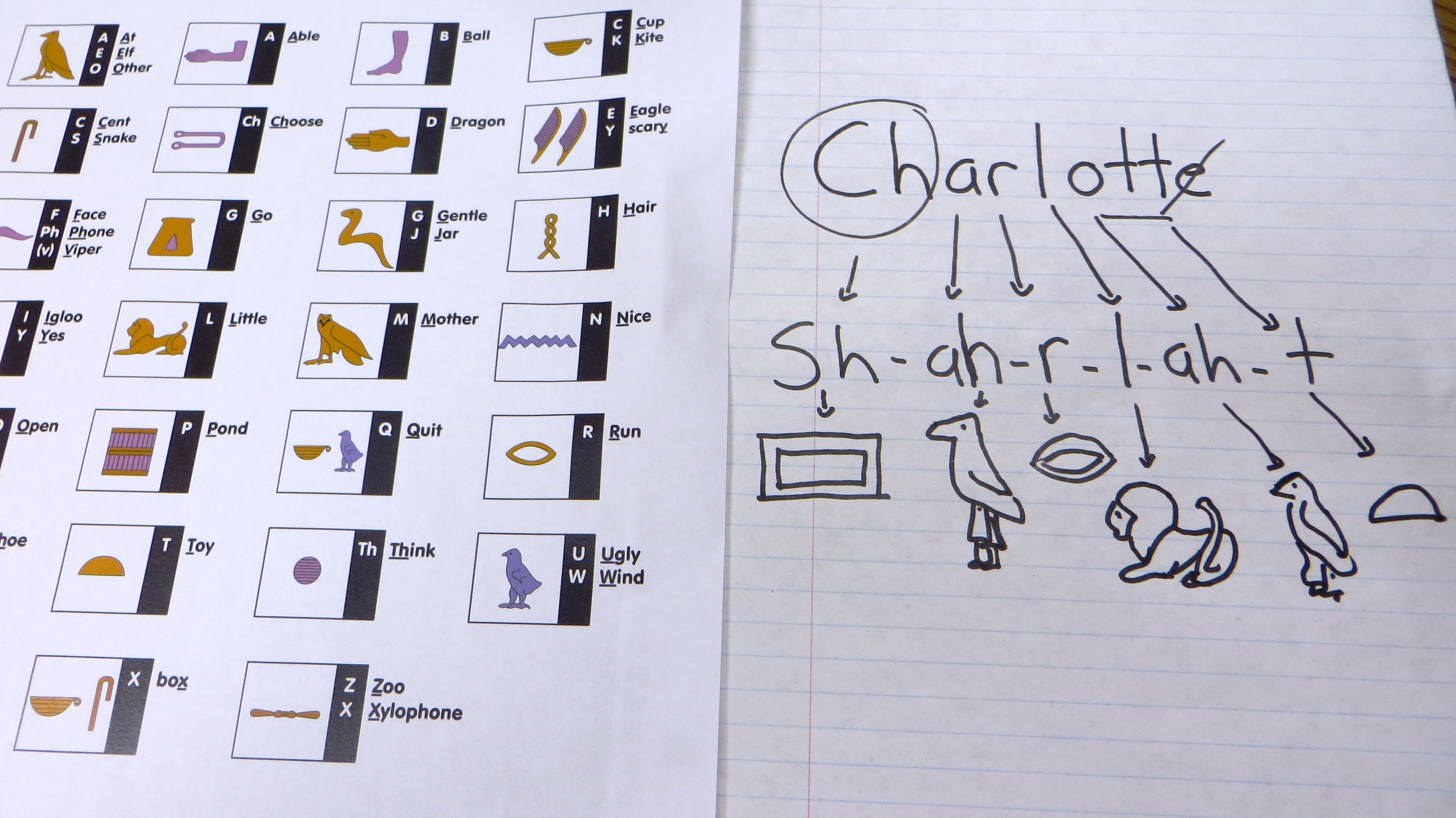 | Use the hieroglyph key (PDF) to find hieroglyphs to match each sound in your name. Write each hieroglyph beneath the corresponding sound. Note: If you want to show that your name belongs to a boy or a girl, you can add one of these symbols:
Boy: |
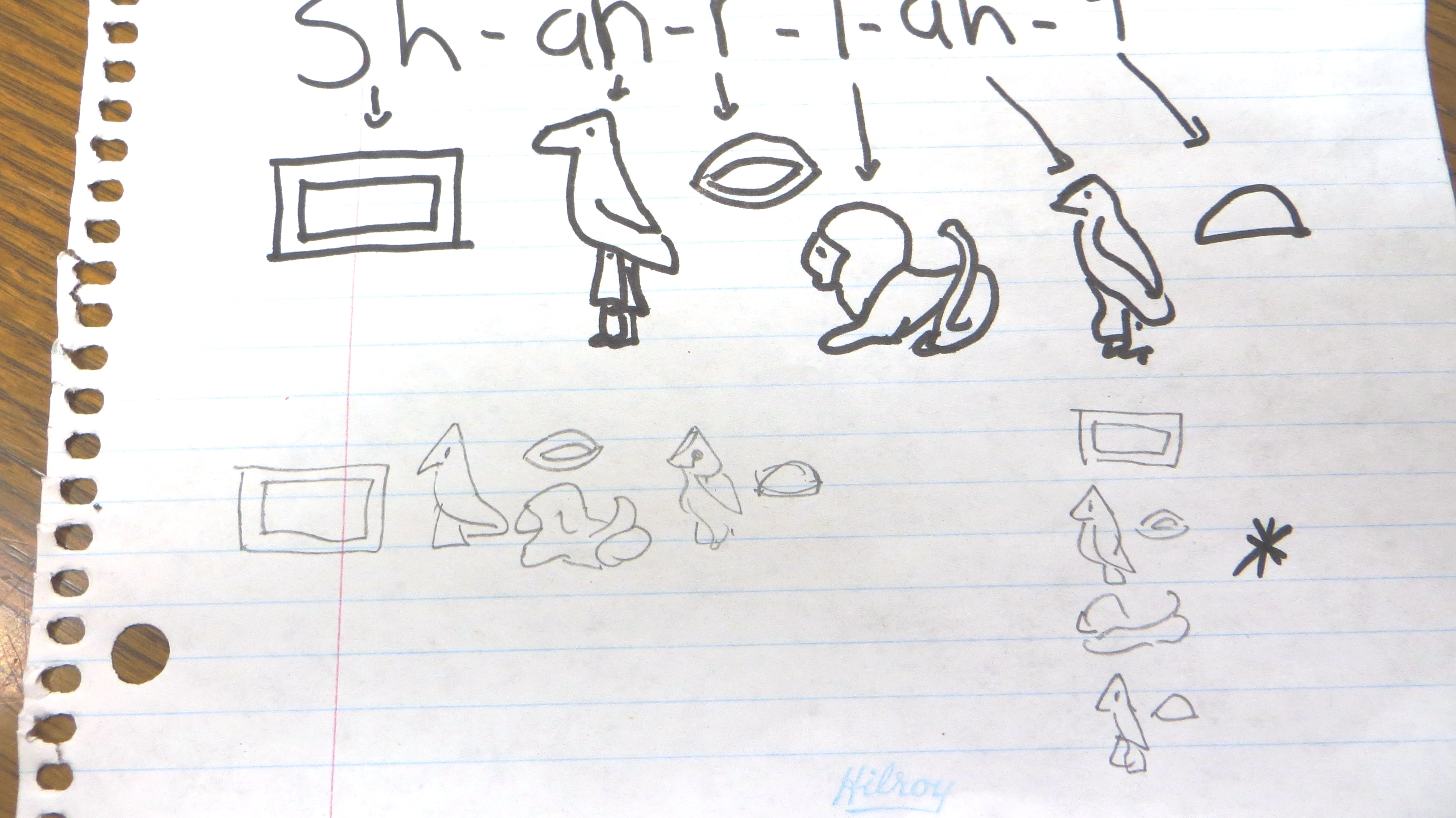 | Figure out a nice arrangement for your hieroglyphs. They can run left to right, right to left, or up and down, and the Ancient Egyptians liked their names to look nice, so they would try to group the signs to fit into a neat square or rectangle. Fun fact: Hieroglyphs can be written from left to right (like English), right to left (like Arabic, Hebrew, or Urdu), or even top to bottom (like Chinese). However you write them, all the faces of the figures should be pointing in the same direction. To read the hieroglyphs, read in the direction that moves toward their faces.
|
Draw out your hieroglyphs on a clean sheet of paper. |
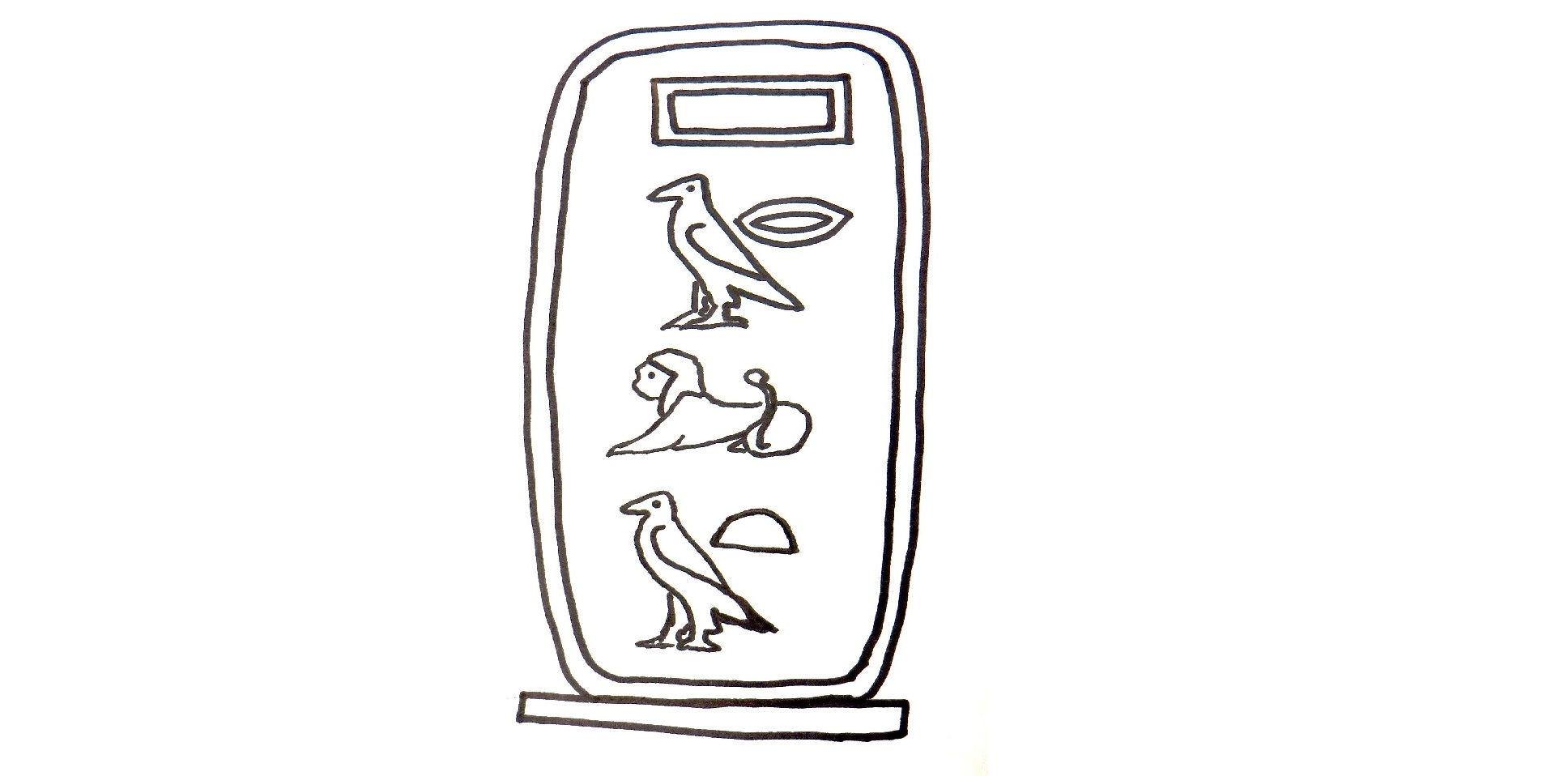 | Enclose your name in a cartouche if you want to show that you are royalty! |
Follow-up
- How does the number of hieroglyphs in your name compare to the number of letters?
- Do you find it easier to write your name in hieroglyphs or English?
- How long do you think it would have taken a scribe to learn to read and write 800 hieroglyphs?
- What would it be like to work as a scribe in Ancient Egypt?
- List some things you might have to read on a daily basis in order to get through your day (reading a cereal box, reading instructions on a piece of technology, reading directions when travelling, reading ingredients on a package, etc.). Now imagine that, as in Ancient Egypt, we have more than 500 commonly-used letters, vowels are usually left out of the words, the writing system was very complex, and there were no public schools to teach people to read or write. Brainstorm some ideas on other ways we could communicate the information in your first list.
Teacher Reflection
- Do the student's answers reflect an understanding of phonics?
- Has the student correctly identified the silent letters, diagraphs, and doubled letters in their name?
- Does the student's hieroglyph reflect an understanding of phoenetic construciton?
- Is the student's hieroglyph aesthetically pleasing?
Glossary
Archaeologist
An archaeologist studies the lives of humans who have lived in the past, primarily by examining the objects and other traces they left behind, usually after excavating them.
Book of the Dead
Known to the Egyptians as "The Book of Coming Forth by Day", the text contained spells that would be written on papyrus or painted onto funerary objects that would assist the spirit of the deceased on their journey through the underworld and into the afterlife.
Mummy
A mummy is a deceased human or other animal whose remains have been preserved and do not decay. Mummies occur naturally for a variety of reasons (extreme cold, low humidity, or lack of air), and the earliest Egyptian mummies occurred naturally as a result of being buried in hot sand. Later, Egyptians deliberately mummified their dead as part of an important ritual step to living well in the afterlife.
Coffin
A funerary container for the remains of humans (and occasionally valued animals), often conforming to the basic shape of the body within. In ancient Egypt, usually made of wood or cartonnage.Sarcophagus
A rectangular stone coffin, which often encloses a wooden coffin that is shaped more like a human.
Cartonnage
An Egyptian building material made from strips of linen or papyrus covered in a plaster-like substance called gesso, using techniques similar to paper maché.
 1 hour
1 hour Individual
Individual Grades: 3, 4, 5, 6, 7, 8, 9, 10, 11, 12
Grades: 3, 4, 5, 6, 7, 8, 9, 10, 11, 12 Desk or flat workspace
Desk or flat workspace 8-10, 11-14, 14+
8-10, 11-14, 14+

